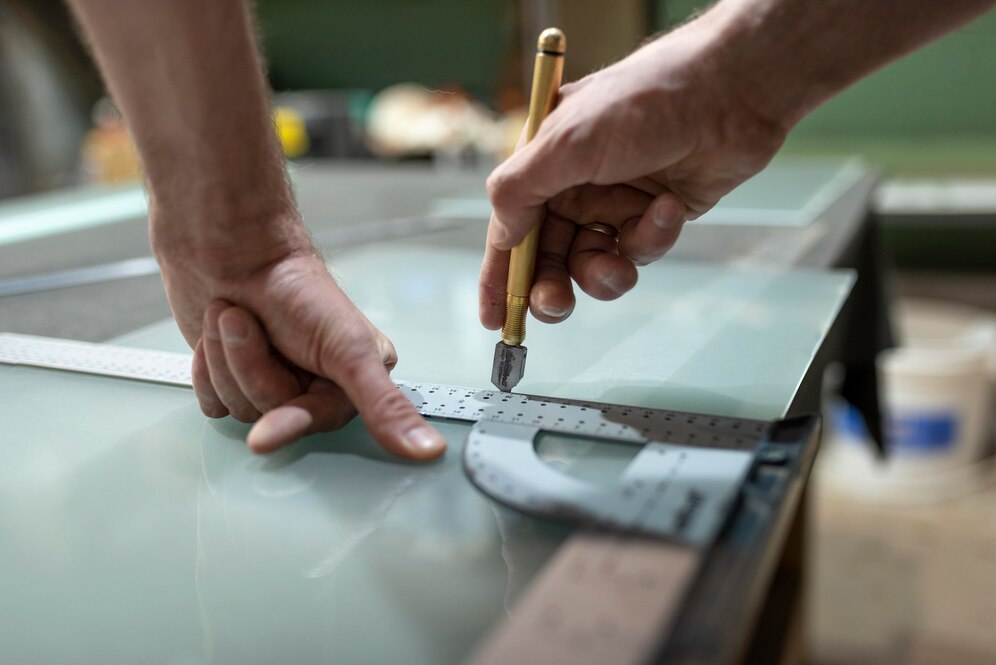Fly screens are essential in Dubai’s environment, offering a simple yet effective way to keep insects out while allowing fresh air to circulate. However, many homeowners face issues due to common installation mistakes. This article dives into these fly screen installation mistakes and provides actionable advice to avoid them. Whether you’re a DIY enthusiast or hiring a professional, these insights will save you time, money, and frustration.
Why Are Fly Screens Essential in Dubai?
Dubai’s warm climate is perfect for many things, but it’s also a haven for insects. From mosquitoes to flies, these uninvited guests can disrupt your peace. Fly screens not only block these pests but also enhance ventilation and reduce dependency on air conditioning. Simply put, they’re a must-have in any Dubai household.
The Importance of Proper Installation
Imagine buying a sleek new fly screen installation mistakes only to find it doesn’t work as intended due to poor installation. Proper installation ensures a snug fit, seamless operation, and maximum durability. A well-installed screen serves its purpose effectively, keeping bugs out and air flowing freely.

Top Mistakes in Fly Screen Installation
Choosing the Wrong Screen Material
Not all fly screens are created equal. Selecting a screen that isn’t suited for Dubai’s climate can lead to premature wear and tear. For example, materials like nylon may degrade faster under the intense UAE sun compared to aluminum or fiberglass.
Improper Measurements
One of the most common errors is failing to measure correctly. A fly screen installation mistakes that’s too small or too large will either leave gaps for insects to sneak through or won’t fit the frame at all. Double-check your dimensions before cutting or ordering a screen.
Ignoring the Frame Quality
The frame holds your fly screen in place. Using a low-quality or weak frame can lead to bending, warping, or even collapse over time. Opt for sturdy materials like aluminum or steel that can withstand Dubai’s harsh conditions.
Overlooking Dubai’s Climate Factors
Dubai’s climate is unforgiving, with extreme heat, occasional sandstorms, and high humidity. Fly screen installation mistakes need to be resilient enough to endure these elements. Failing to consider these factors can shorten the lifespan of your installation.
Using Inadequate Tools or Techniques
Trying to cut corners by using the wrong tools or techniques often results in a subpar installation. For instance, using regular scissors instead of a screen cutter can leave uneven edges that compromise the fit and appearance.
Skipping Professional Help When Needed
DIY projects can be rewarding, but some installations require expert knowledge. Attempting a complex installation without the necessary skills can lead to wasted time, materials, and money.
Not Testing the Fly Screen After Installation
Once installed, many people forget to test their fly screen installation mistakes. This step is crucial to ensure that the screen opens, closes, and fits perfectly. Skipping this can leave issues unnoticed until it’s too late.
Maintenance Mistakes to Avoid
Even the best-installed fly screens need regular maintenance to remain effective. Common maintenance mistakes include:
Neglecting Cleaning: Dust and debris can clog the mesh, reducing airflow.
Using Harsh Chemicals: These can weaken the screen material over time.
Ignoring Small Repairs: A tiny tear can quickly become a big problem if not addressed promptly.
Cost vs. Quality: Finding the Balance
While it’s tempting to opt for the cheapest option, low-quality screens often result in higher costs due to frequent replacements or repairs. Investing in high-quality materials might seem costly upfront but pays off in the long run.
DIY vs. Hiring Experts: Pros and Cons
DIY:
Pros: Cost-effective, a sense of accomplishment.
Cons: Risk of errors, time-consuming, may require specific tools.
Hiring Experts:
Pros: Professional finish, warranty coverage, saves time.
Cons: Higher initial cost.
How to Fix Common Installation Issues
Facing an issue? Here’s how to address it:
Gap Issues: Add weatherstripping to close gaps.
Loose Screens: Re-tighten or replace clips.
Warped Frames: Replace with a sturdier material.
Tips for Long-lasting Fly Screens
Clean regularly with mild soap and water.
Inspect for damage every six months.
Use UV-protective coatings to prolong material lifespan.
Avoid excessive force when opening or closing the screens.
Conclusion
Fly screen installation mistakes are an essential addition to any Dubai home, but proper installation is key to ensuring they serve their purpose. By avoiding common mistakes and following the tips provided, you can enjoy a bug-free, airy home for years to come. Remember, whether you’re doing it yourself or hiring a professional, attention to detail makes all the difference.
FAQs
1. What is the most durable fly screen material for Dubai’s climate? Aluminum and fiberglass are highly durable options, as they withstand heat and humidity better than nylon.
2. How often should I clean my fly screens? It’s recommended to clean your screens every three months to maintain airflow and appearance.
3. Can I install fly screens on all types of windows? Yes, fly screens can be customized to fit any window type, including sliding, casement, and fixed windows.
4. Are professional installations worth the cost? Absolutely. Professionals ensure a perfect fit and often provide warranties, saving you time and effort.
5. What tools are needed for DIY fly screen installation? You’ll need a screen cutter, spline roller, measuring tape, and a sturdy frame for the best results.
